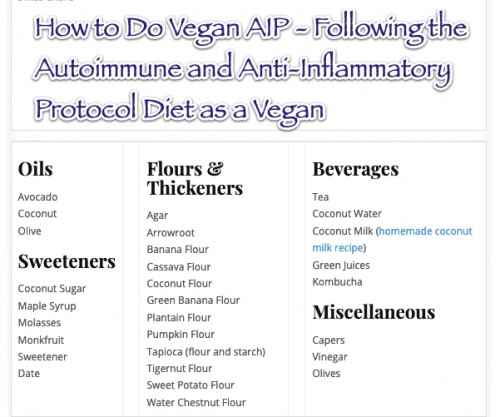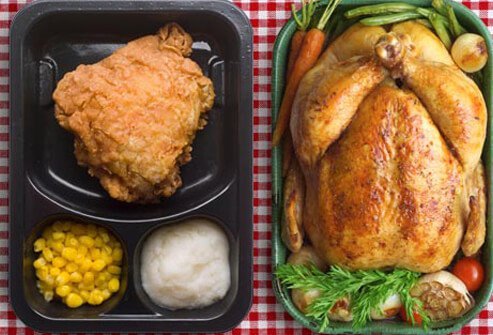
Paleo is a diet that emphasizes eating the same foods our ancestors ate. This diet includes food such as apricots and dried pumpkin seeds. It is also filled with chicken, sweet potatoes, and vegetables. EatingWell believes that certain foods are important, even though it may seem restrictive. We will discuss the best foods to eat while keeping a healthy diet.
Pola Makanan paleolithic womanusia
Christina Warinner, Ph.D., studied pola makan manusia purba and mitos-mitos pola makanan paleolithic manusia in 2010. She says that manusia Paleolithic ate a lot of meat and consumed a lot of daging. Although this myth was believed widely by paleolithic people it is now outdated and irrelevant.
Diet paleo, also known as the diet of the manusia gua, is a way to eat similar to what manusia gua and man used to eat. Their kesehatan is improved and they preserve their heritage. This diet isn't for everyone. It is not right for everyone.
The lukisan in the Ramasokat is made up of two types of kelompokan: ceruk and lukisan gua. They were first cultivated in Liabalano, Sulawesi Tenggara, and Liabalano. The lukisan gua has a combination of proteins, fats and carbohydrates. These nutrients are essential for healthy living and can help us understand the subtleties of human evolution.

Modern humans have many advantages, but there are also some risks. People who consume foods high in nutrients, like those in the Paleolithic Era's Paleolithic Era are more likely to get diseases. Healthy eating habits can help lower your chances of developing diseases. Clean Eating can help you eat healthier. The obvious benefits of this diet are clear: eating low in fats can have positive effects on your health. Also, you won't get sick if you eat too much.
Foods that are allowed on a paleolithic diet
Many foods found in processed food contain added sugars, vegetable oils, and artificial sweeteners, which can be detrimental to your health. Excess salt and refined sugars contribute to obesity, and the high amounts of salt can lead to heart disease. Vegetable oils are also controversial. The American Heart Association recommends corn oil and safflower as alternatives to canola oil. These oils contain high amounts of omega-6 fat acids.
Many commercial paleo diets limit dairy products to a minimum. Some have stricter restrictions. Among the foods allowed on a paleolithic menu diet are lean pork loin, roasted chicken with onion and carrot stuffing, and steamed broccoli. Other paleo diets allow for small amounts maple syrup and honey. There are varying levels of scientific research about the benefits of this diet.
Paleo advocates recommend that you avoid legumes because they contain high amounts of phytic acids. These substances can inhibit the absorption essential minerals from the stomach. These substances are allowed in certain situations. It's tempting to eat beans and potatoes but it's not recommended that you do so as often as other processed foods. Instead, include lots of fruits and veggies in your daily meal plans.
Guidelines for eating paleolithic food
While the Guidelines for Eating the Paleolithic Diet differ from modern food, they both follow the same principles. The Paleolithic diet is primarily based on animal products but it is rich in plants so there are no restrictions. You should be aware that this diet may not suit your genes and may cause you to consume more meat than necessary. Paleolithic food is not for everyone.

The Paleolithic diet excludes dairy products from most meals. You could be at risk for nutritional deficiency if you eliminate these key food groups. A deficiency or lack of calcium in your diet can lead tooth decay. This could have a negative impact on your teeth and bones. Calcium plays an essential role in blood clotting. Whole grains also reduce the risk for stroke, heart disease, and type II diabetes. However, since grains were virtually eliminated, you might be at high risk for calcium deficiency.
There are many principles that guide Paleolithic food choices. It encourages the consumption of nutrient-rich foods and protein, while limiting carbohydrates and processed foods. To avoid overdoing it, it is important to carefully follow these guidelines. Keep in mind that every person will have a different paleolithic food plan. It is important to remember that the Paleolithic diet was based on a lifestyle that existed 10,000 to 12,000 years ago.
FAQ
Do I have to go to culinary school in order to be a professional chef?
No. No. Some even went on to culinary school to gain work experience. But most chefs prefer culinary school as it offers them more opportunities for learning and growth. Culinary schools allow students to learn hands-on skills, and this helps them improve their cooking knowledge.
What Are the Requirements To Be a Chef?
A bachelor's degree is required to become a chef. You will also need to pass several tests administered by ACF. After completing these requirements, you will be awarded a certificate that confirms your qualifications.
Do I have to buy ingredients in order to cook?
You don't necessarily need to buy any ingredients. You can buy premade sauces or other items at most grocery stores. If you are looking to save money, premade meals may be a good option.
Statistics
- The median pay for a chef or head cook is $53,380 per year or $25.66/hour, according to the U.S. Bureau of Labor Statistics (BLS). (learnhowtobecome.org)
- In the United States, the category is estimated at $23.2 billion annually and is growing faster than the market. (washingtonpost.com)
- On average, chefs earn $58,740 a year, according to the BLS. - learnhowtobecome.org
External Links
How To
How to make a perfect Omelette
Omelets have always been a favourite food to eat for breakfast. But how do they turn out so perfectly? I've tried many recipes and different methods but none have worked. So I wanted to share some tips and tricks so that you can make delicious, fluffy omelets every morn.
It is important to know that eggs can be temperamental when making omelets. They must be fresh, preferably from the organic market, and be kept cold until cooking. You must keep them cool enough to allow the whites to form properly and the yolks to become too runny if they're not kept at the right temperature. Your omelets will look strangely colored if this happens. If you plan to cook the eggs right away, it is best to use room temperature eggs.
You might also try separating the egg before adding to the pan. You don't want any white to get mixed up with the yolk because this could cause the omelet to curdle.
You could end up burning the bottom half of the egg if the egg is added directly to the heat source. Instead, heat the egg in a microwave for 10 seconds and then place it in a pan. The microwave heat will cook the egg just right without making it too hot.
Next, let’s talk about mixing the egg. When mixing eggs, it is important to thoroughly beat them. To do this, take the bowl from the mixer and flip it upside-down. Next, shake the bowl vigorously. This way, the air inside the bowl gets whipped around and mixes the egg thoroughly.
The fun part is now - adding the milk to the mixture. The first step is to pour half of the milk in the beaten eggs. Next, fold the eggs into the remaining milk. You don't need to worry if streaks remain. They will disappear once you flip your omelet.
After folding the eggs fold the pan onto medium heat. When the oil starts to hot, wait for the pan to cook. When the oil is hot enough, add 1/4 cup butter to the pan. Stir it around until the butter covers the entire pan. Open the lid and sprinkle salt on the pan. A pinch of salt will help prevent the omelet from sticking to the pan.
Cover the pan once you have formed the omelet. Wait for the top to set. Flip the omelet by using a spatula. Cook the other half for another minute. Take out the omelet and place it in a bowl.
This recipe is best made with whole milk. However, it can also be used with skimmed milk.